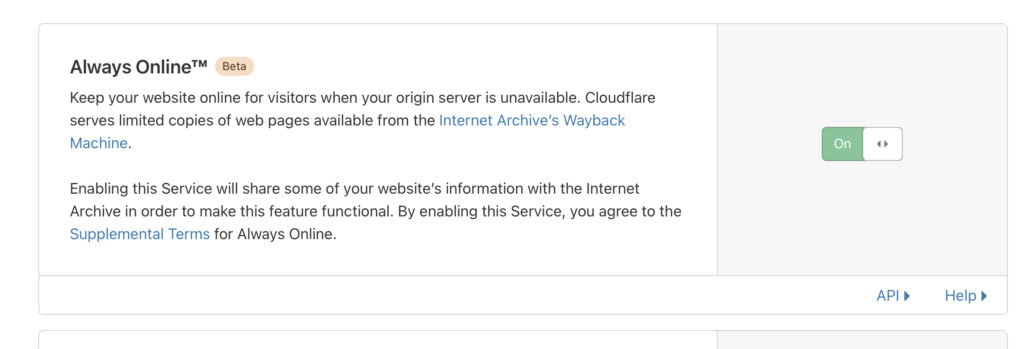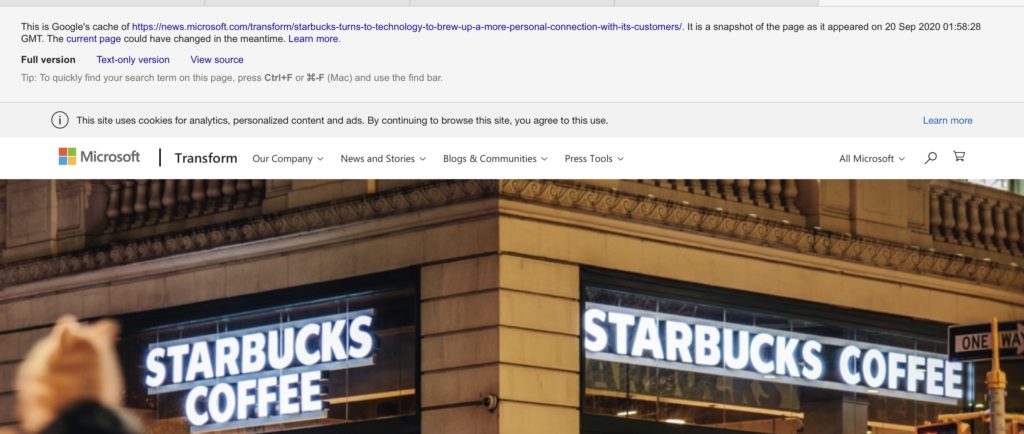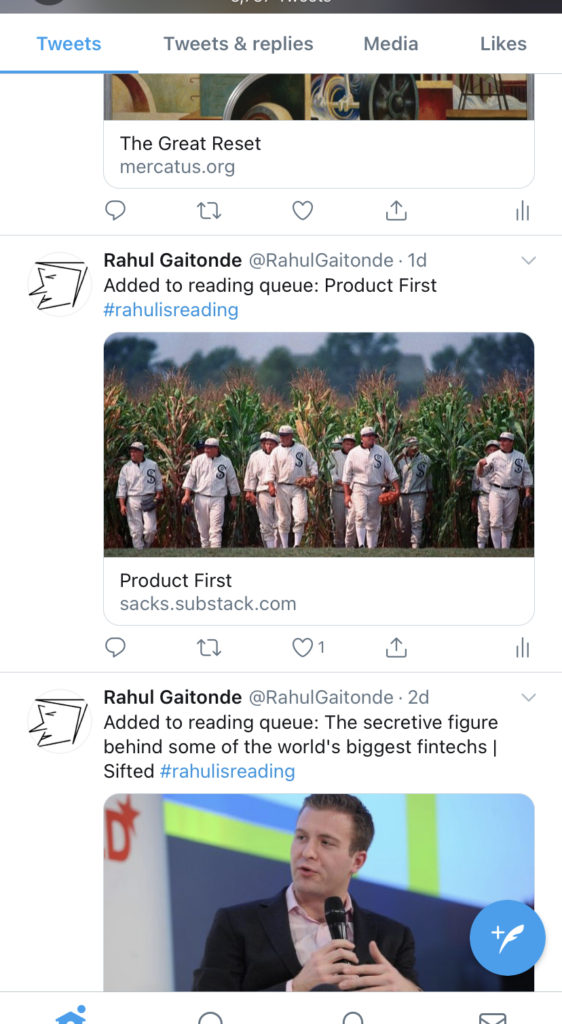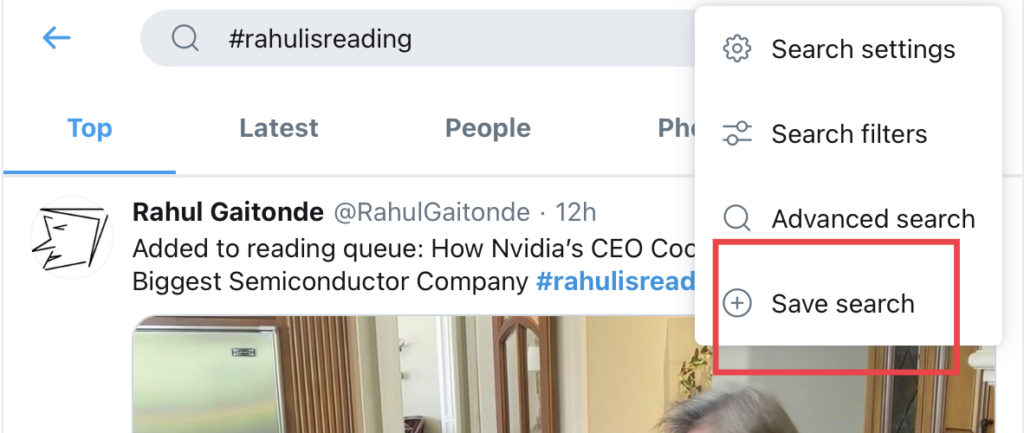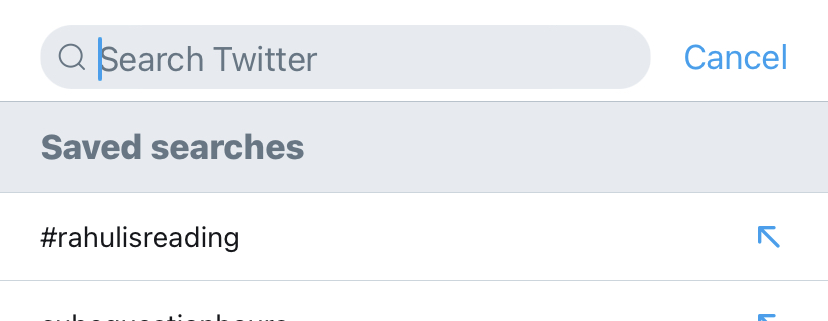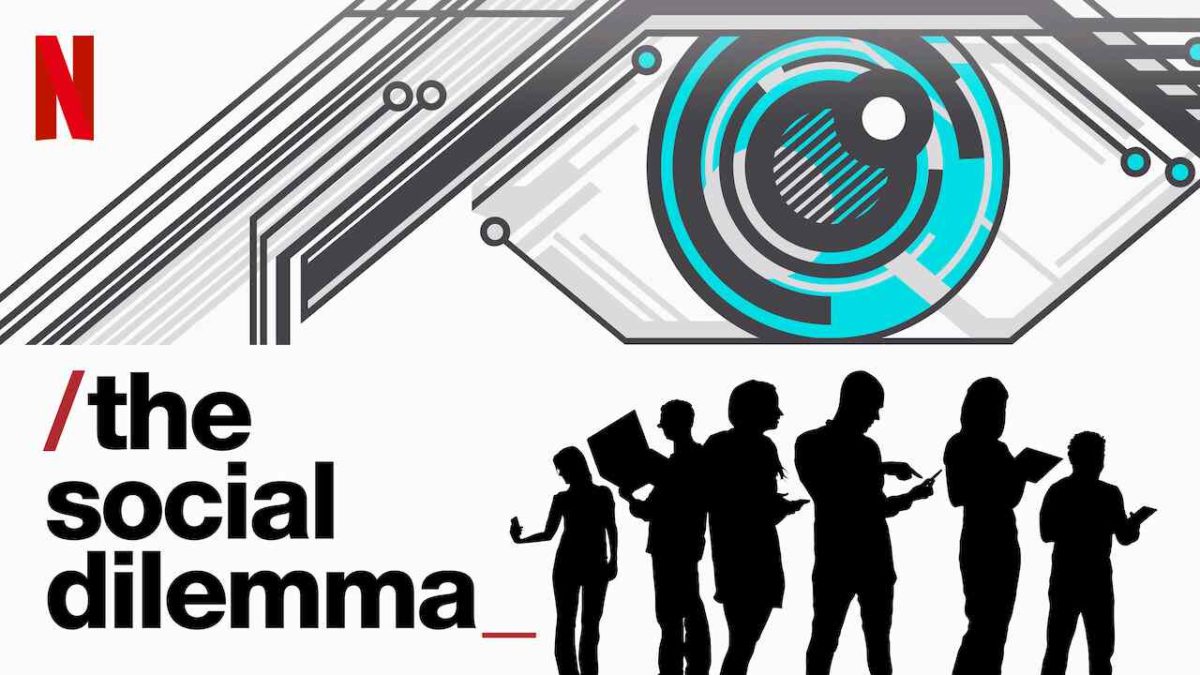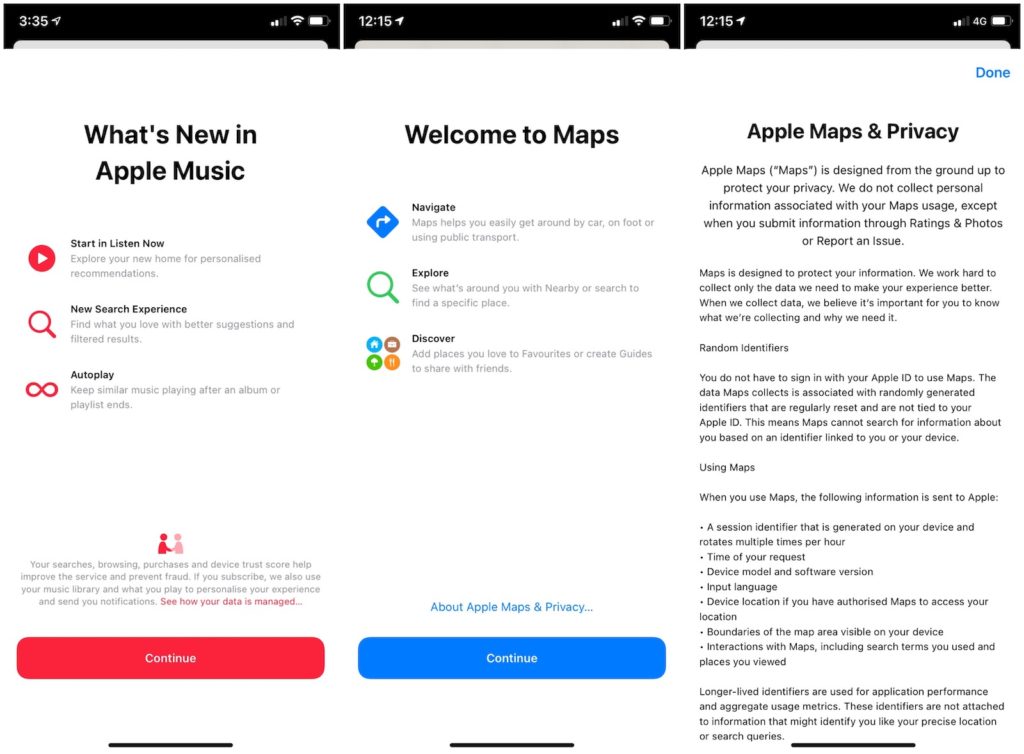From the writer Anne Helen Petersen, on “How Work Became An Inescapable Hellhole”:
Like email, Slack allowed work to spread into the crevices of life where until that point it couldn’t fit. In a more efficient, instantaneous manner than email, it brings the entire office into your phone, which is to say, into your bed, when you land on the plane, when you walk down the street, as you stand in line at the grocery store, or as you wait, half naked, on the exam table for your doctor.
It didn’t just accelerate communication; it standardized a new, far more addictive form of communication, with a casualness that cloaked its destructiveness. When you “shoot off a few emails” on a Sunday afternoon, for example, you might convince yourself you’re just getting on top of things for the week ahead—which might feeltrue. But what you’re really doing is giving work access to be everywhere you are.
… the technology writer John Herrman… predicted the ways in which Slack would screw with our conception of work: “Slack is where people make jokes and register their presence; it is where stories and editing and administrating are discussed as much for self-justification as for the completion of actual goals. Working in an active Slack … is a productivity nightmare, especially if you don’t hate your coworkers. Anyone who suggests otherwise is either rationalizing or delusional.”
While I fully agree with tools like Slack breaking down of boundaries between your work sphere and your other spheres, the state of mind that the writer describes is one of a poor pre-existing relationship with work.
It’s important to recognise that the normalisation of remote work and the ubiquity of work tools that are model led on addictive hyper-communicative social media have made this relationship worse, not caused it. Unless you are a bottom-of-the-rung worker drone with no flexibility and no voice, you have the ability, however little, to push back against a 24×7 work culture, a culture that causes enough anxiety that people need to show off their input instead of their output. As the writer herself says,
Many of us still navigate the workplace as if getting paid to produce knowledge means we’re getting away with something, and have to do everything possible to make sure no one realizes they’ve made a massive mistake. No wonder we spend so much time trying to communicate how hard we work.
If it weren’t for these tools, distributed work would have been much more difficult – in many cases impossible. For those companies that have been distributed for a while, it’s given employees the opportunity to optimise their location and time for their other interests and constraints. It’s lowered the overhead of building and scaling an organisation of people. It’s reduced the friction of communication – just five years ago your only option as a smallish company was email, with long chains, lost contexts and renamed file attachments as some form of version control. Today you’re split for choice with Slack, Google Docs, Trello, Notion, Airtable, Zapier and thousands more tools, free and paid.
But no matter how good they get, they are tools meant to serve us. Never the other way around. Regardless of whether you’re a founder or CEO, part of the leadership, or in some position of authority in the company. Be aware of your relationship to work. Make it easier for the ones whose work time your control to immerse themselves in their other sphere. Push back when people above you intrude into your non-work spheres. It’s not always going to result in you getting fired.





